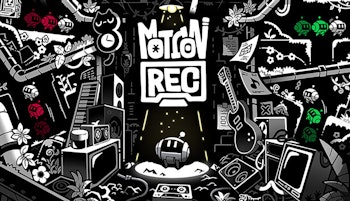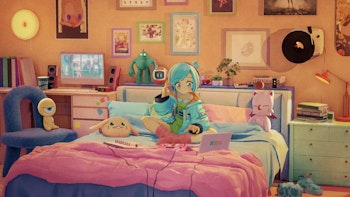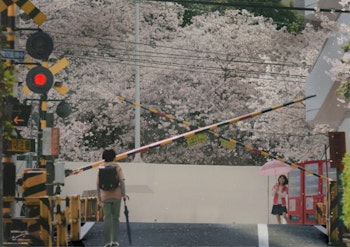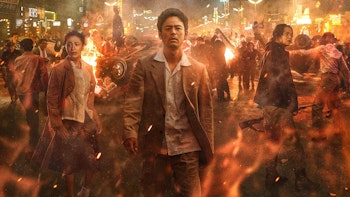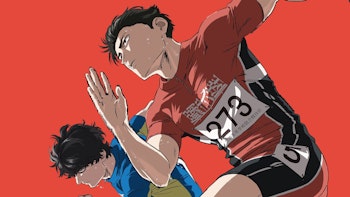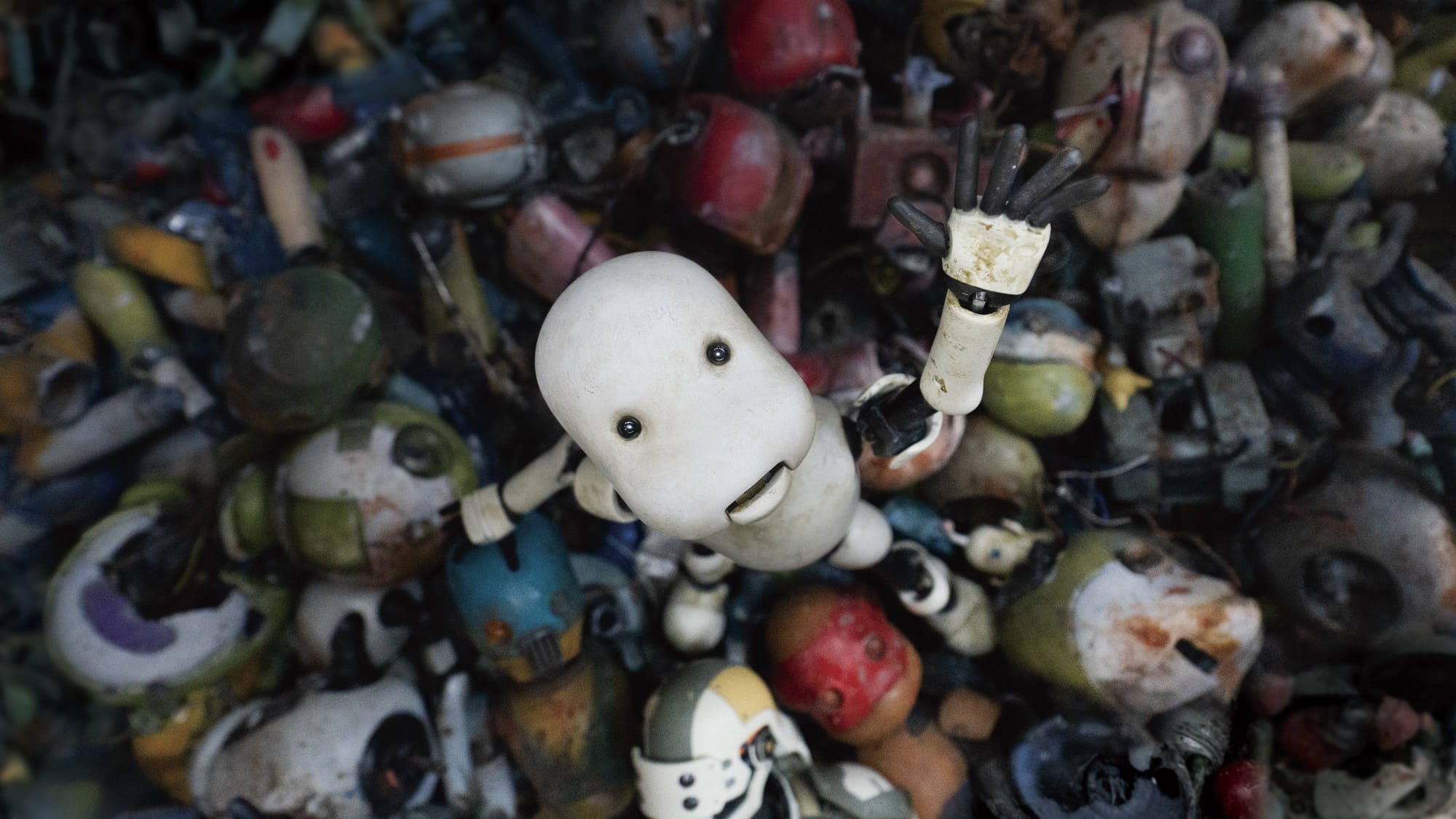
Creating an indie animation requires its creators to spread its minuscule budget beyond its limit. Junk Head, Takahide Hiro’s 2021 almost-entirely solo-animated hit intoxicated audiences by creating a broad sci-fi post-apocalypse filled with grime, robots and a rich history building out a whole new universe whose twisted underground universe elevated by rich stop-motion and visual effects stretched beyond the meager budget of its tiny team, even if its story somewhat struggled to match this ambition. Eight years later with the help of crowdfunding, the prequel and second film of what will eventually end up as a trilogy of Junk films has been unleashed, with Junk World being a film that finally allows its multi-dimensional story to catch up to its inventive setting.
Considering the circumstances of its creation, the original Junk Head was a startling creation. Hiro wasn’t a filmmaker nor an animator prior to developing the film - he was an interior designer with experience making puppets, passion and free time. Released in episodes to maintain momentum to the production worked in getting the film produced (with the first episode’s success the instigator for creating the full feature), it gives the movie a staccato rhythm that doesn’t always mesh with its story. Animation is also at-times crude and unflattering, but the ambition in these robots and in designing the endlessly-original and grotesque eldritch-esque creatures haunting the world make it a fascination nonetheless.
Junk World took just over three years to produce compared to the near-decade spent on the original, but this doesn't mean corners were cut in expanding this universe. Designed as a prequel to the original film, a simplification of the story would be to describe it as a timeloop sci-fi Rashomon, with each retelling its own alternative universe play-by-play of events twisting back on itself like an ouroboros. Set 1000 years prior to the events of the Junk Head, humans and a humanoid alien species known as the Mulligans hold an uneasy truce following a war centuries prior, with relations between the species rocky at best. Triss, a soldier with an eye patch, and Robin, a robot whose directive is to keep them safe, are leading negations on a meeting between the sides when it is suddenly interrupted by a squadron of rogue Mulligans.
The small group of negotiators escape, and on their travels find a deserted city and a portal capable of time travel to the past. As both they and the rogue Mulligans use this portal to go back in time to gain an edge in battle, we replay these events from each character's perspective, events changing on each retread as each vie for victory over the others.
What stands out most with Junk World is just how much more ambitious this is compared to its predecessor. To keep the scale of a debut stop motion film manageable, the first film’s narrow hallways and underground hierarchy are contained and engaging, but somewhat samey over the course of the full film. Here, from the initial bunker meeting everything feels immediately more varied and ambitious, and that’s before these characters are forced to escape in a chase sequence through a canyon or reach the decaying city.
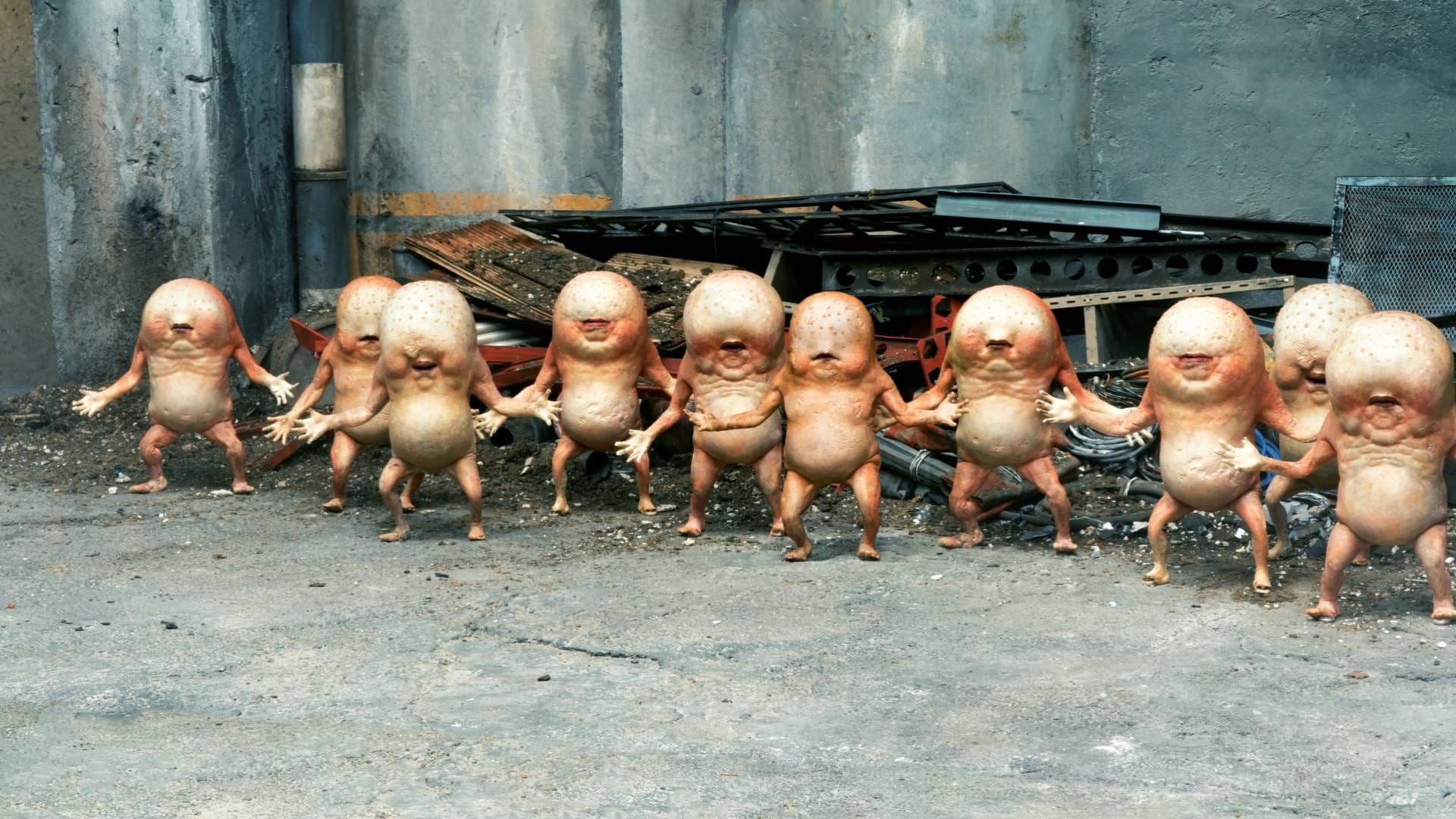
It’s not even just in environments where these improvements are visible. Action sequences go far beyond anything we saw in the original film, with obvious inspirations from Hong Kong action films in both framing and execution to create techno-infused fights with these alien creatures and robots that are a joy to watch. This hasn’t come at the cost of the humor and charm of the original film, either. The greater variation in species allow for more crude jokes ranging from fart jokes, to shibari soldiers, to some let's-say-interesting food delicacies, each earning full-hearted laughs or gross-out reactions as intended from a packed audience.
But more than humor, it's the story where this movie shines. This repeating timeloop plays out like the embodiment of society itself, each kickstarted by a jump back in time to a 2001: A Space Odyssey-inspired spark as we witness the entire evolutionary cycle. Each timeloop and new perspective considers a new angle for which the film dives into the complex bonds that form our society, and how prejudice, religion and selfish desires twist the idealized connections we could share with those around us.
In one time loop, we meet a civilization for one series who has built itself around worshipping the robot protagonist, putting it at the center of everything. The princess, with training to fight, goes to the time of the core incident in the film, in the belief of saving their world and their god. Through one incident and time loops, we witness the birth and death of civilizations for multiple species for thousands of years.
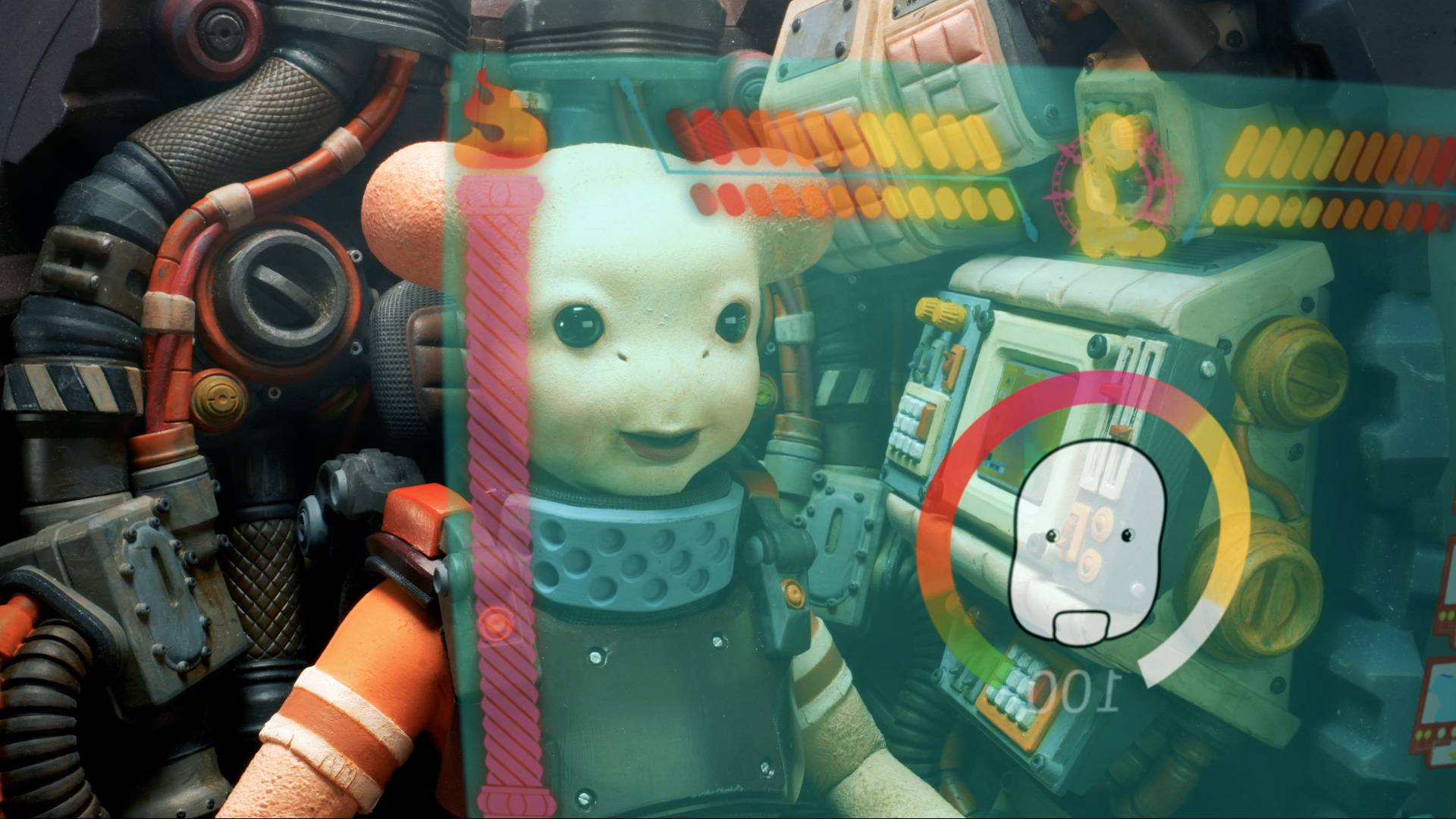
It comes together for what is a distinct improvement on its predecessor, and a celebration of human creativity. The original film was made by a handful of people with Hiro as a lead where every decision was crafted around the limited budget and team. No voice actors? The three-person team will voice it all, and we’ll use a made-up language to hide the fact each person is voicing multiple characters. No money for sets? We’ll find an excuse to keep it simple.
Junk World has a bigger budget and bigger ambitions, but the reason this film works is because human ingenuity and a desire to create something unique and fun drove this slightly-larger but still tight-knit team to create something that should be impossible. All in the hope that by painstakingly animating a man eating penis-shaped food or a cool robot transformation sequence, the audience will chuckle or stare in awe. With a grander story that’s more interesting and a film that feels larger than its predecessor, this film builds upon its predecessor while avoiding the typical pitfalls of trying to go bigger while losing the charm of what made it great.
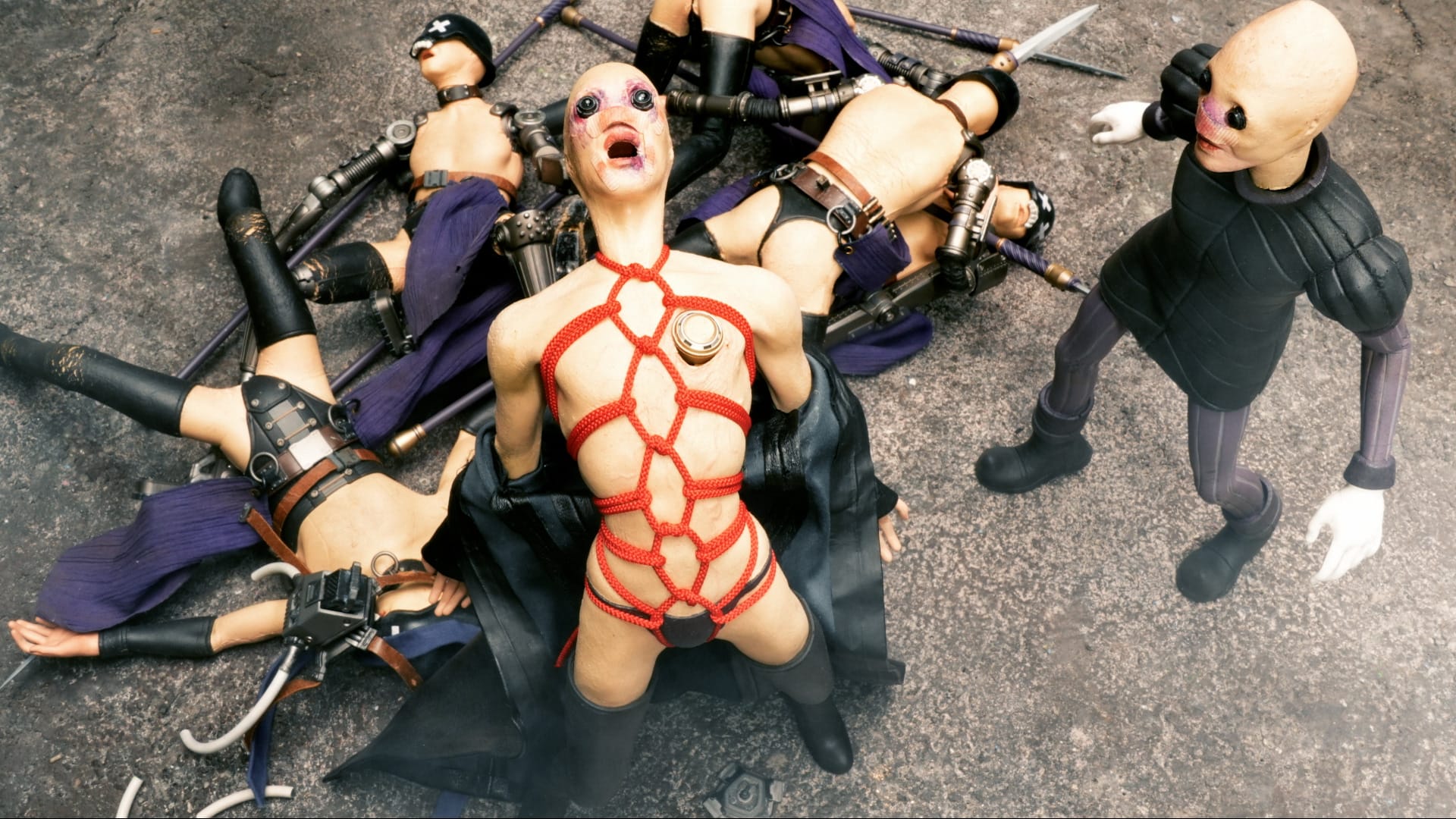
That’s because, in making it bigger, they still kept their ambitions in check. We have grander sets, but the story repeats the lessons of shaping itself around reusing animation and sets. It allows the team to focus extra time where they can best showcase their skills, taking the budget far beyond what a film of this scale should be capable of achieving while remaining both hilarious and thoughtful in equal measure.
For all there are many grandiose big-budget animated films coming to market this year - we’ve just seen a new Lupin III film released in theaters, and this year alone has enjoyed adaptations of big franchises like Rose of Versailles or Vocaloid's Hatsune Miku - it’s welcome to see a film like this not only hold its own, but come out with something compelling and memorable that stands apart in an already memorable year for Japanese film and animation. Thanks to stories like this and Jinsei, indie animation is having its moment in the spotlight in Japan, and that’s worth celebrating.
Japanese Movie Spotlight is a monthly column highlighting new Japanese cinema releases. You can check out the full archive of the column over on Letterboxd.
